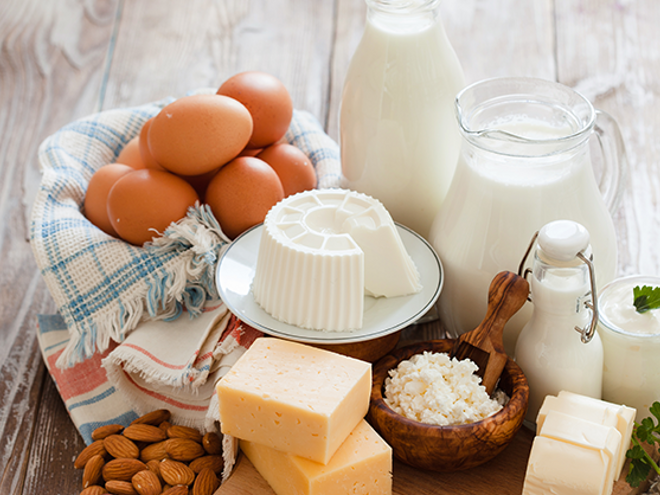
Week 11
If you could look inside, you’d see thin little hairs developing on your baby’s eyebrows and above her lip. Don’t worry if you’re having a girl, they’re very fine! Read more about this week.
BABY DEVELOPMENT
From crown to coccyx, your baby is now an impressive 4 cm. long, around the size of a decent sized tomato. And it’s another busy week inside you – baby’s first fine hairs start to appear this week. Nerve cells continue to multiply even if, for now, there’s no connection between them in the brain yet. However, in her spinal cord, neural circuits are starting to be put in place in and around her muscles. That means your baby will soon have reflex movements inside you.
YOUR BODY
The waistband on your trousers is beginning to dig in and your regular bra size is getting a bit too snug. On average, a mother-to-be weighs about 1 to 2 kg more towards the end of the first trimester. Interestingly, the baby takes up the smallest proportion of the weight increase. At around 10 grams, she is still a real lightweight. Most of the weight will be thanks to your expanded uterus, placenta and the amniotic fluid.
NUTRITION
To avoid tapping into your own bone mass, it is essential for you to eat foods that ensure you and your baby are getting adequate calcium. There is calcium in milk and dairy products, but also in some calcium-rich waters. It is also found in most green, leafy vegetables and in sesame seeds. Think 4 servings of dairy per day and water rich in calcium to cover your needs. Your doctor may find it useful to complement your food intake with calcium in the form of dietary supplement, just to be sure you are getting enough very day.
TIPS
Noticed any strong food aversions lately? Totally normal! It is common during pregnancy to have a deep distaste for certain types of food and especially those with strong odours, especially during the first trimester. To work around these food dislikes, simply opt for a ‘similar’ food, i.e. one in the same food group. So if you can no longer stand the sight of fish, eat chicken, ham, or other white meat. If you can’t manage to eat some beta-carotene rich vegetables, remember to compensate by eating more fruits rich in the same nutrient, such as peaches and apricots.




















